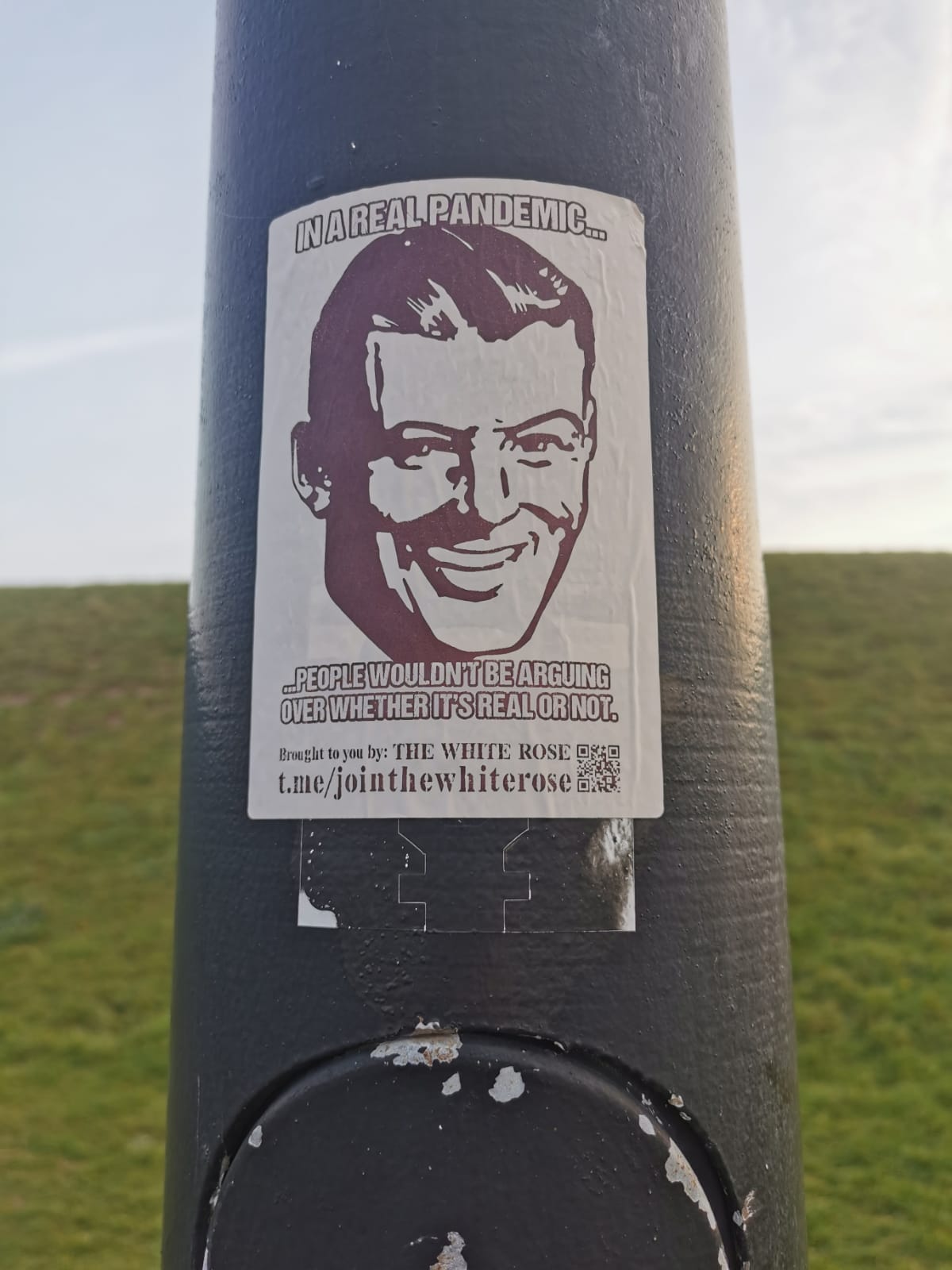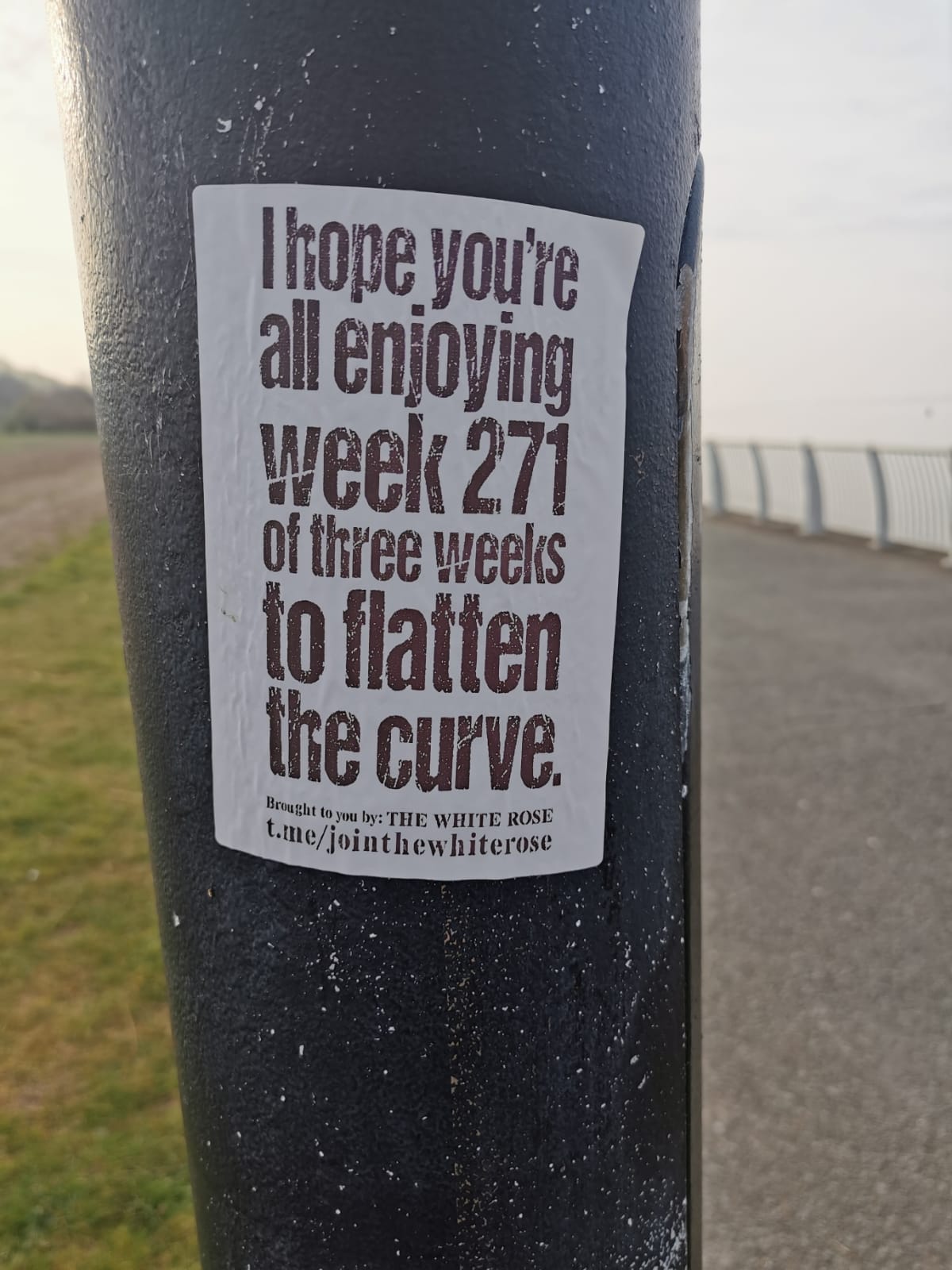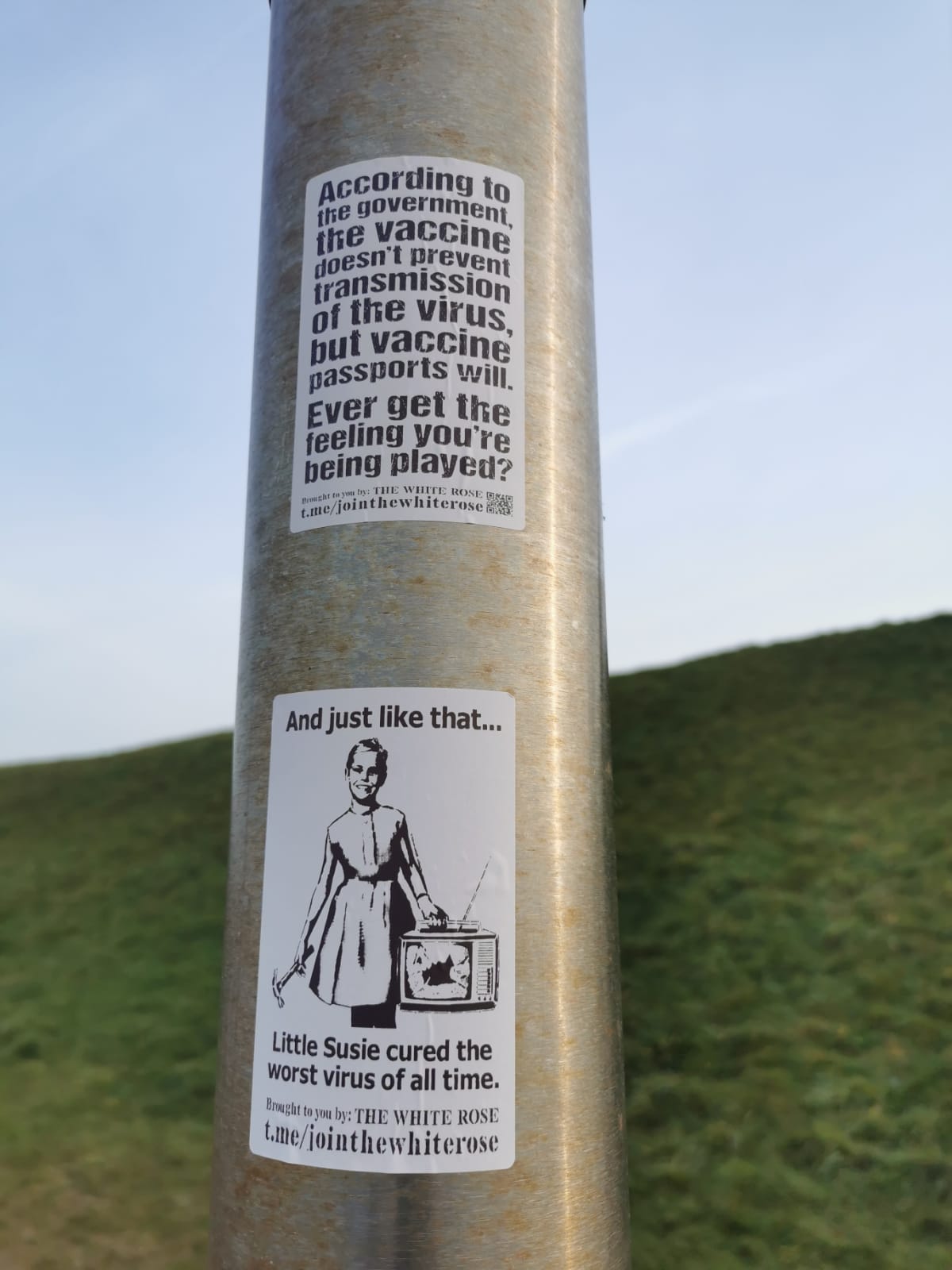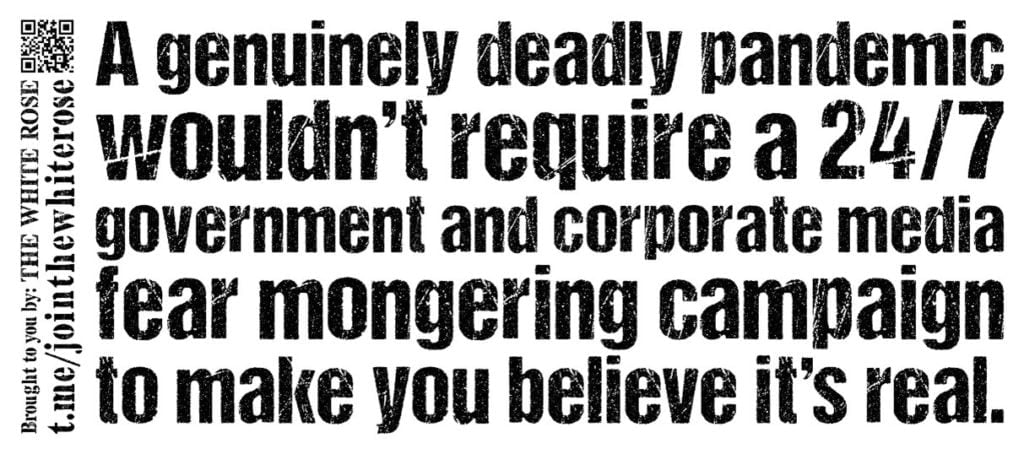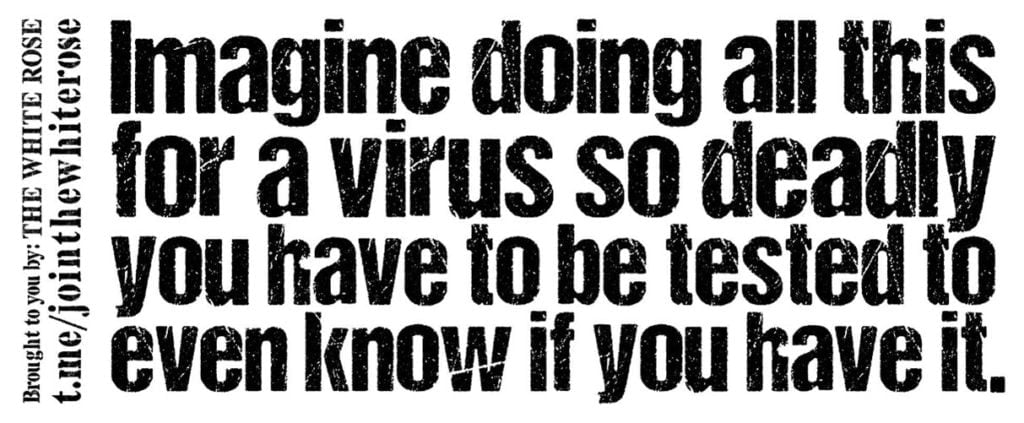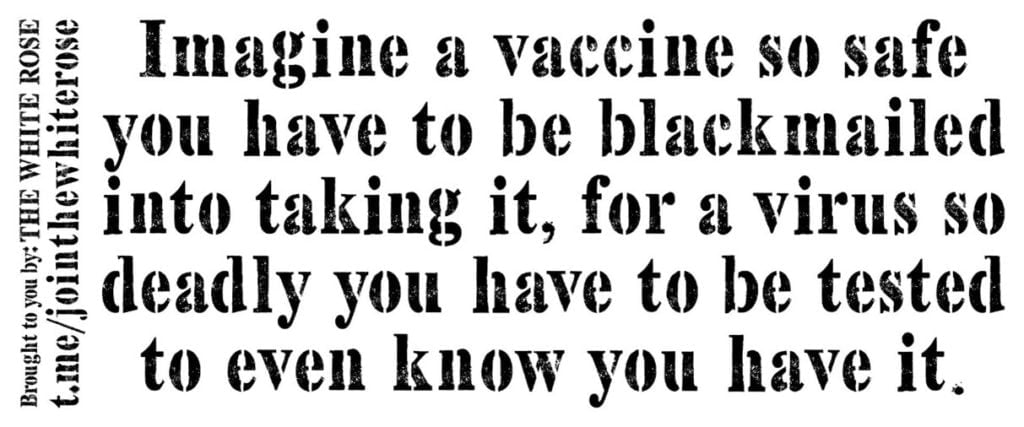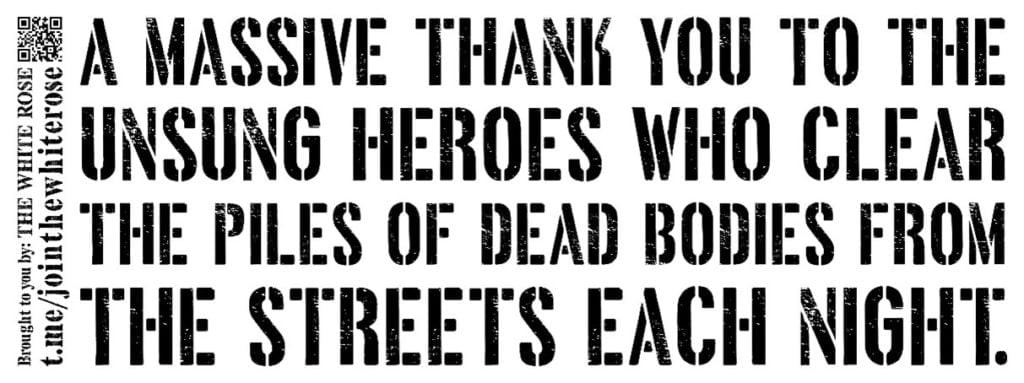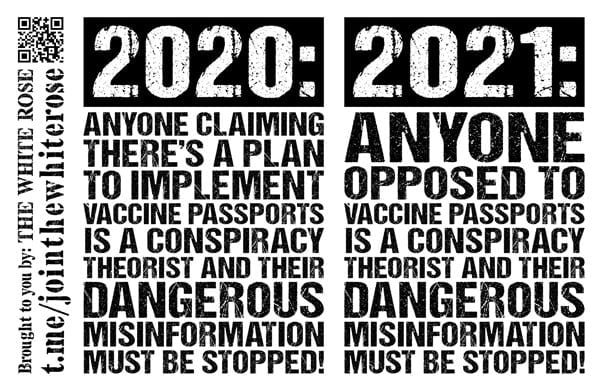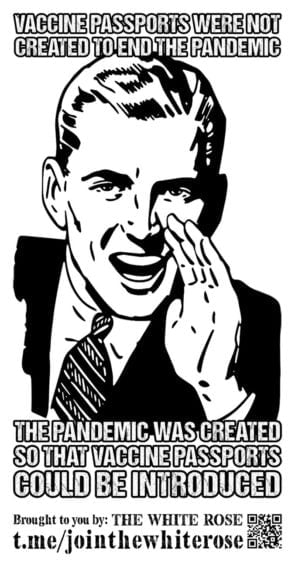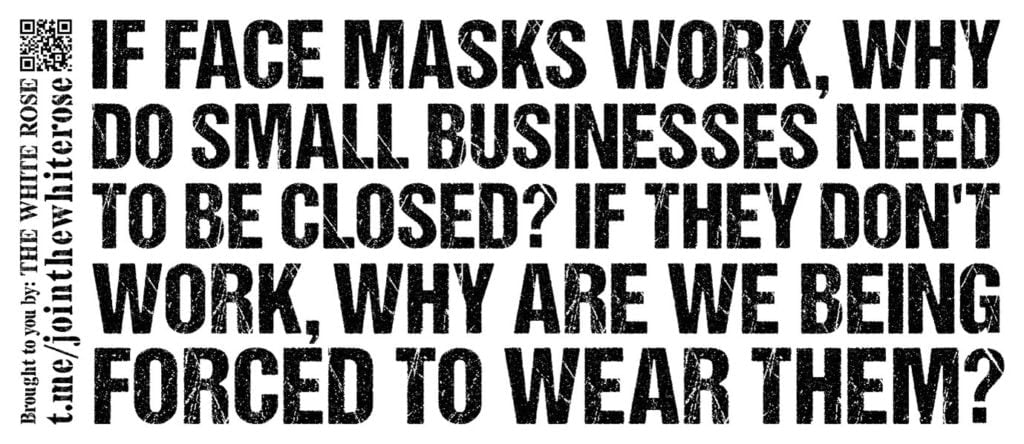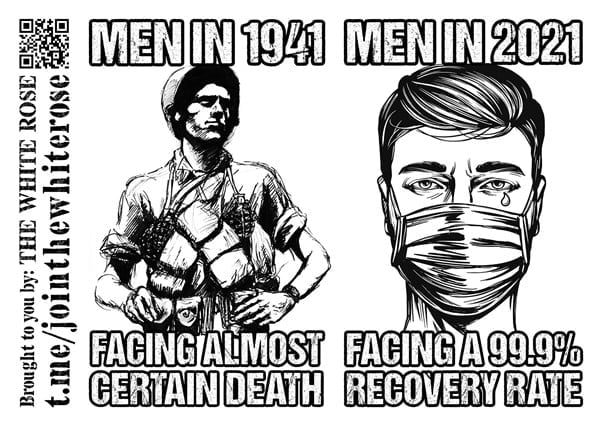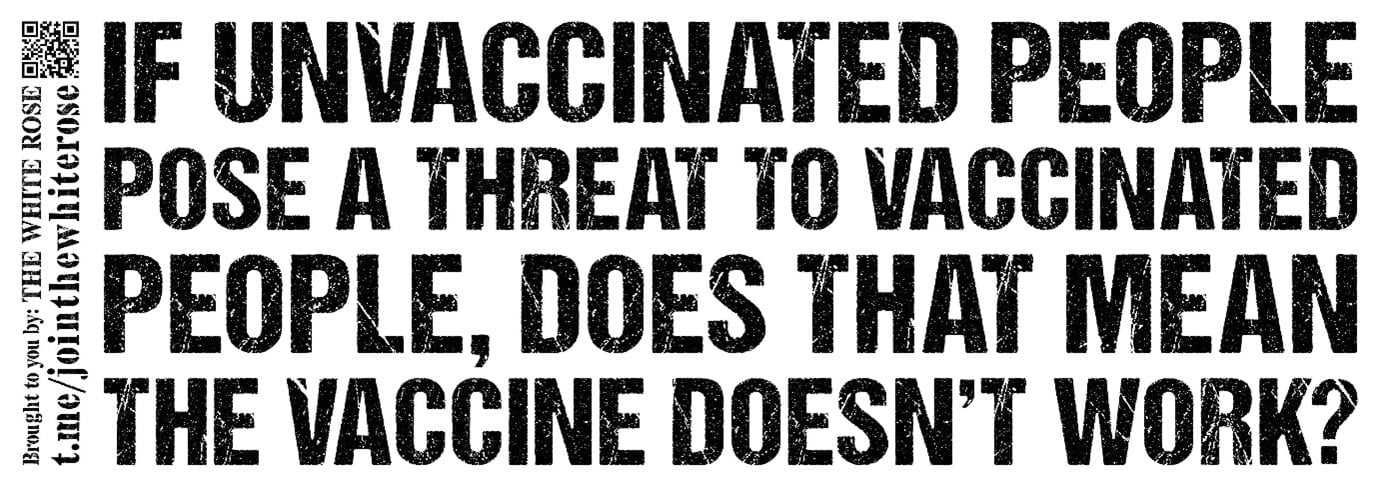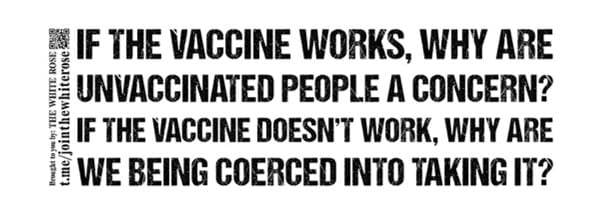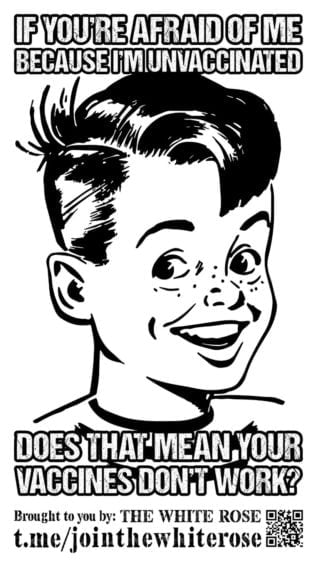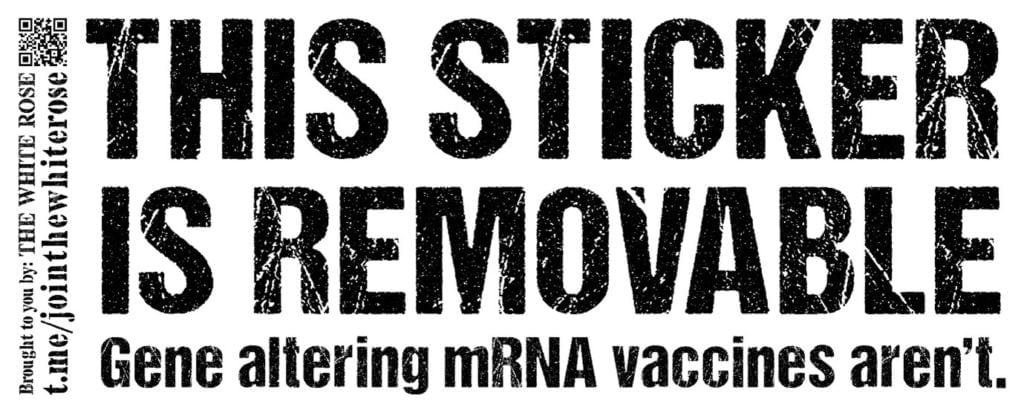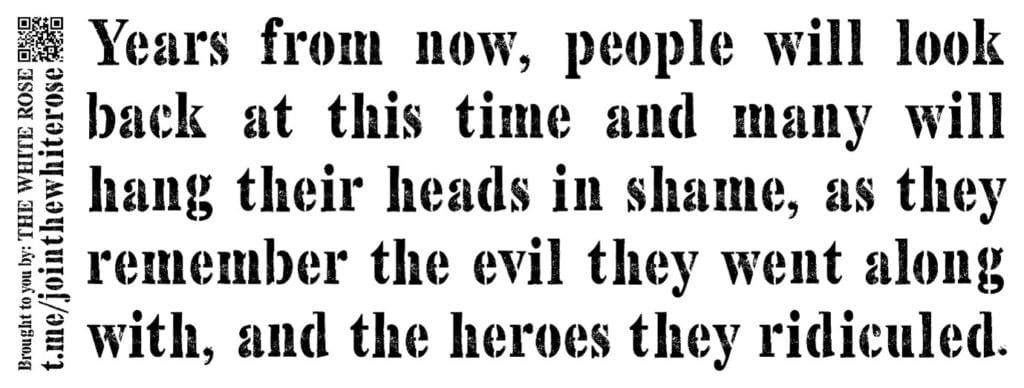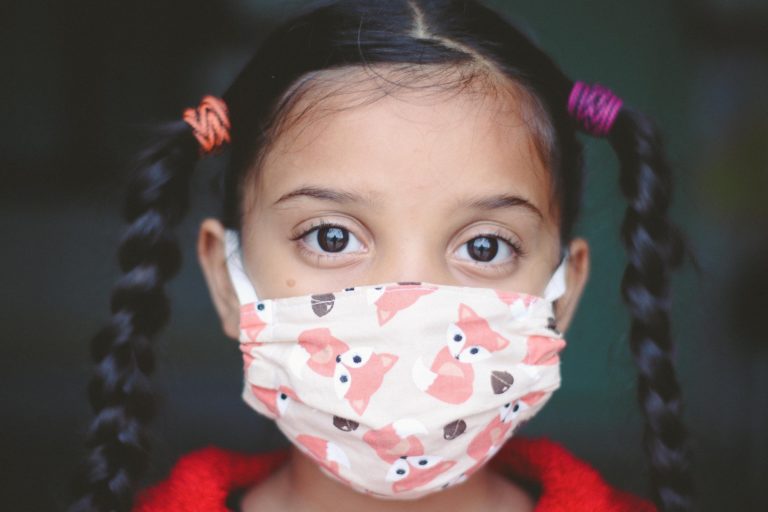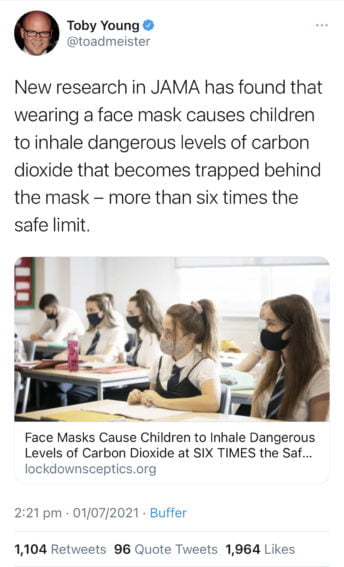Two Mondays ago, I went to McDonald’s to grab a mcGriddle before I head to my university class. I was greeted by their cashier who seemed to be resting one arm on the counter as she pointed me to one of the ordering kiosks, expecting me to make my order there instead. She seemed uninterested in taking orders from anyone, her job was to simply direct customers to make their orders from the kiosk.
Then, an elderly lady, about 70 years old, walked in, and told the cashier that she wanted a Fillet O’Fish burger. Unsurprisingly, she was told to make her order on the kiosk too. As she made her way to the kiosk, I noticed how distressed she looked. She was touching the screen aimlessly, making orders that I could tell she did not intent to make. As I peered at her screen, her order was: 3 cups of Iced Milo (Upsized), 4 Sausage McMuffins and even a cheeky little New York cheesecake, which came to a whopping $42.
What saddened me was she told me that she only had $10.00, and that money came from selling tissues from the roadside for 3 days. Even so, she still felt compelled to pay for that unintended amount, probably because she presumed that she had already made that order. Worse, she thought the kiosk was a vending machine, taking out her $10.00 before spending a minute anxiously looking for a cash-slot. She did not know that paying at the kiosk would require cashless methods such as a credit or debit card.
As I helped her make her order, I could not help but feel miserable for people in her situation, how this technological shift to cashless modes of payment could leave them confused and lost in an increasingly advanced society like Singapore, which has been heading for a cashless society in recent years. In 2018, the Monetary Authority of Singapore announced that Singapore will be aiming to eliminate the use of cash and cheques by 2025. This has, unsurprisingly, raised a few eyebrows (A Cashless Future?, 2020)
Ever since then, Singapore’s nationwide e-payments service, PayNow, has had a total of 4.6 million registrations, encapsulating nearly 80% of Singapore’s entire population. Similarly, QR payments have also seen an increase in popularity with 200,000 merchants choosing to adopt them as their preferred transaction method. This rise is mainly attributed to the COVID-19 pandemic, where the push for cashless forms of payments were emphasized heavily by the government as the most hygienic option (Ang, 2021) .
Cashless payments have been with us for a while now – 25 years to be exact (LightNet, 2018). If we were to look into their purpose, we would understand that they were brought in to enhance convenience in an increasingly technocratic society.
There are several benefits for many Singaporeans, should Singapore go entirely cashless. The first benefit is convenience: it would be easier to make payments electronically. It reduces the hassle of us having to pull out our wallets, count our money, and hand over cash wondering if it is enough. Equally, transaction speed will be improved for businesses. Secondly, going cashless is safer. It reduces the probability of cash-related crimes such as robbery and stealing. Lastly, as mentioned, the COVID-19 pandemic has pushed governments to move to cashless payments to minimise physical contact and possible virus transmission.
Nur Zhafirin Bin Azhar, a banking analyst from DBS Bank, describes how a cashless society promotes efficiency and convenience:
Last time we may have encountered the issue of not having enough money in our wallets and scrambling to find an ATM but with a cashless system, this issue is solved. For the merchants themselves, they would not have to store physical cash in their stores which improves security and also easier on merchants for bookkeeping and accounting. It is a good step forward.
He also mentioned it is important for us to consider other layers of society, should Singapore moves to a cashless society:
There will be people who will struggle in a fully cashless society. The first group of people that comes to mind would be the elderly who are not tech savvy. However, I believe that the government will take extra steps to ensure that the transition to a cashless society would be smooth and efficient for everyone.
It’s clear that a Cashless Society is useful, but not for everyone. All the marketing in the world would not be able to convince every single person to adopt cashless payments. A sudden change to eliminate cash on hand will take a long time in getting used to, because we are so used to seeing cash every single day.
A cashless society would also primarily benefit privileged and tech-savvy citizens. To eliminate traditional forms of payment in Singapore would leave other layers of society in the lurch – particularly the poor and the elderly.
To understand the impact a cashless society would have to the poor, we need to understand the income inequality situation in Singapore. As of 2020, Singapore’s Gini Coefficient is at 0.398, an encouraging sign considering that a number above 0.4 indicates a widened income gap (Ho, 2020). As positive as it seems, the bigger concern here is that Singapore’s income disparity is at its highest since 2009. Singapore also has the second highest income gap in Asia (Poverty In Singapore, n.d.).
This suggests that as Singapore continues to advance further into the future, the rich will get richer and the poor will only get poorer. The adoption of new technology will result in a larger income gap, as the privileged continue to upskill themselves and adapt to new technological changes. Conversely, the poor could become less productive, as they lack the resources and opportunities to keep up with new advancements. This would be reflected in the wage disparity between these two groups (Lim, 2013).

In the context of a cashless society, the poor will eventually be unable to adapt to cashless modes of payments, given the significant barriers to entry. Let us take digital currencies for example. If there comes a day when cryptocurrency becomes a central mode of payment for societies, a user would need a high functioning mobile device to access their digital wallets to make payments. This would be such a struggle for the poor in Singapore, who typically make less than $805 each month to get by (Poverty In Singapore, n.d.). They may not even be able to afford a basic smartphone for cashless payments, should Singapore go cashless one day.
Another group of people that could feel out of place in a cashless society would be the elderly, who can struggle to adopt new technology, and may struggle to adapt to up-to-date devices used in a cashless society. As our bodies age, people can face visual and hearing impairments. Studies show that 23% of our elderly faced physical disabilities that has caused to struggle with simple tasks such as reading (Smith, 2014). It’s reasonable to believe that, without significant efforts to improve accessibility, our elderly would face difficulties in using smart devices.
We have to understand the use and advancement of digital technology is way ahead of their time. Smart phones let alone touchscreen phones do not exist until early 2000s and it was a huge hit then among the younger generation (“The History of Mobile Apps,” 2019) before becoming more functional by introducing online payment applications.
The ethics of going cashless
Understanding whether Singapore should go fully digital and cashless one day is actually a question of societal ethics. Taking various ethical theories into question, going cashless should be considered based on utilitarianism, since it would benefit the majority in Singaporeans.
However, in the context of a governing society, duty-based ethics, or deontology, is perhaps a more fitting ethical model, considering the government holds a duty to every single Singaporean. It is eventually the duty of the government to do things the right way, and not just what is favourable to the majority of people in society (Hussain, 2014).
At the end of the day, is important to ensure that a cashless society does not leave anyone in the lurch. If a cashless society benefits and improves the quality of life of everyone, including the elderly and the poor, there would be no harm pushing for it one day. However, until then, Singaporeans might not need a cashless society when we are still comfortable with traditional modes of cash payments.
Technological advances are inevitable, it is part of human evolution to recreate and devise products that could improve their lives. There will be those who will say that it is the sole responsibility of the poor and the elderly to learn and keep up with evolving times and it is not the obligation of others to help them transit to a cashless society. However, for a society to progress, everyone should help one another to move forward together. It may not be an obligation, but it is a sign that even a cashless society could still be a united society filled with kindness and togetherness.
By the time the young people of today have gown old, technology will be far more advanced than we can imagine. ePayments would be different too, perhaps integrating the use of cryptocurrencies and cloud platforms as the main form of payment in Singapore. Some of us may be able to adapt to these advancements, but many of us will not. The frustration we could be facing then, will be the same frustration that our elderly face today.
Some of us may be poor one day, too. We could feel lost, seeing how everyone around us have the latest gadgets to use in a cashless society. We may not be able to afford anything in a cashless society, as we may have zero dollars in our digital wallets. It could be us one day. Only then would we realise that as useful as a cashless society may be eventually, it won’t be useful until it is accessible to all of us.
References
- A Cashless Future? Exploring the Benefits and Disadvantages of a Cashless Society for Singaporeans. (2020, June 7). https://blog.seedly.sg/cashless-society-singapore/
- Ang, P. (2021, February 27). Budget debate: E-payments on the rise but Singapore does not aim to be a cashless society, says Ong Ye Kung [Text]. The Straits Times. https://www.straitstimes.com/singapore/e-payments-on-the-rise-but-singapore-does-not-aim-to-be-a-cashless-society-ong-ye-kung
- Ho, G. (2020, 27). Singapore sees rising incomes, falling inequality [Text]. The Straits Times. https://www.straitstimes.com/singapore/politics/singapore-sees-rising-incomes-falling-inequality
- Hussain, A. (2014, March 29). Govt ‘will do what’s right, not what’s popular.’ TODAYonline. https://www.todayonline.com/singapore/govt-will-do-whats-right-not-whats-popular
- LightNet. (2018, December 17). History of Cashless Payments. Medium. https://medium.com/@FOTONBANK/history-of-cashless-payments-ae59d84ca736
- Lim, L. (2013, September 30). Being poor is more than having too little money. AsiaOne. https://www.asiaone.com/singapore/being-poor-more-having-too-little-money
- Poverty In Singapore. (n.d.). The Borgen Project. Retrieved April 5, 2021, from https://borgenproject.org/tag/poverty-in-singapore/
- Smith, A. (2014, March 4). Older Adults and Technology Use. Pew Research Center: Internet, Science & Tech. https://www.pewresearch.org/internet/2014/04/03/older-adults-and-technology-use/
- The History of Mobile Apps. (2019, April 3). Inventionland. https://inventionland.com/inventing/the-history-of-mobile-apps/
- Toh, E. M. (2017, July 28). The Big Read: Feeling lost in a digital world, some elderly shun technology. TODAYonline. https://www.todayonline.com/singapore/big-read-feeling-lost-digital-world-some-elderly-shun-technology





